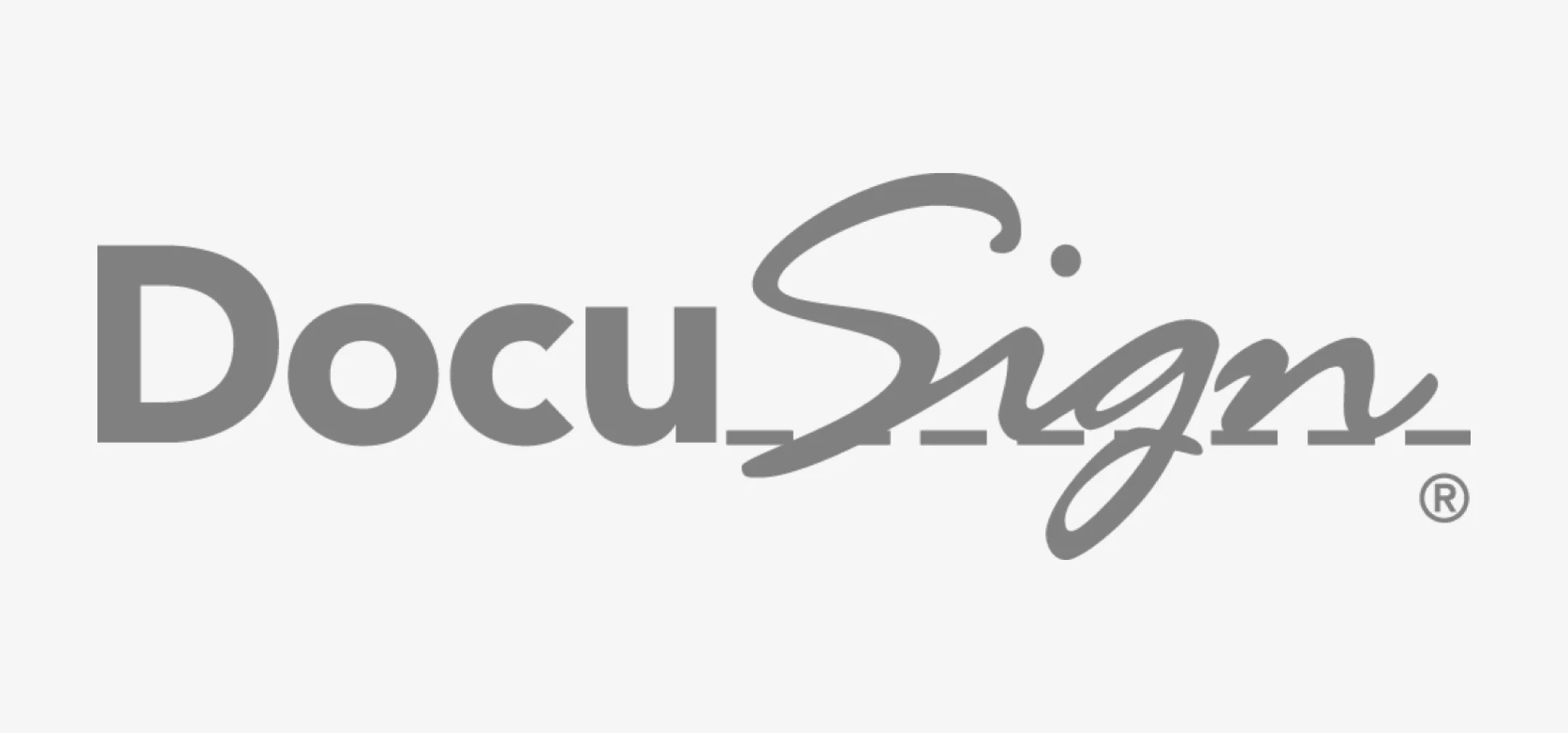Welcome to the essential guide for understanding the Right to Rent scheme in England, a regulation that affects both tenants and landlords in profound ways. The Immigration Act 2014 introduced this policy to curb illegal immigration by ensuring that only individuals with legal residency status in the UK can access rental accommodation. According to a Home Office report, the Right to Rent Check London identifies thousands of individuals without legal status each year.
This regulation underscores the importance of compliance for everyone involved in the rental process, from those seeking a new home to those offering one. In this article, we delve into what the right to rent check London means for you, the procedures for conducting checks, and the implications of failing to comply. Whether you are planning to move to London or rent out your property, understanding these regulations is crucial to navigating the complexities of the housing market smoothly and legally.
Overview of Right to Rent London
The Immigration Act 2014 introduced the Right to Rent scheme to curb illegal immigration, ensuring that everyone renting property in England legally resides in the UK. This pivotal mechanism obliges landlords to verify their prospective tenants’ immigration status.
Purpose of the Immigration Act 2014
The Immigration Act of 2014 serves a broader goal of reinforcing the UK’s immigration controls. By incorporating the Right to Rent checks London into the rental process. The government aims to make it challenging for individuals without legal status to access rented accommodation, thus deterring illegal stay in the country.
What is Right to Rent?
Definition and Objectives
Right to Rent mandates that landlords check and confirm a tenant’s legal status in the UK before entering into a tenancy agreement. Think of it as a pre-tenancy vetting process, ensuring that all adult occupants have the right to live in the UK.
Impact on Tenants and Landlords
For tenants, this means presenting appropriate documentation proving their right to stay in the UK. Landlords, on the other hand, are tasked with verifying these documents and keeping a record of the checks. It’s a shared responsibility aimed at upholding the law and ensuring compliance.
The Right to Rent Check Process
Steps for Conducting a Right to Rent Check
The check involves a few straightforward steps:
- Tenants present their original identification documents to the landlord or letting agent.
- The landlord/agent examines the documents in the presence of the tenant to ensure they’re valid.
- A copy of the documents is made, noting the date of the check.
Required Documentation for Verification
Documents vary depending on the tenant’s nationality, ranging from passports to Biometric Residence Permits. The key is presenting valid, original documents that unequivocally establish the tenant’s right to reside in the UK.
Landlord and Agent Responsibilities
Mandatory Checks for All Adult Tenants
Landlords and agents must verify the right to rent for all adults planning to live at the property. Ensuring that each has the legal right to be in the UK.
Procedure for Verifying Tenant Eligibility
This includes asking for and checking original documents, making and keeping copies, and conducting these checks in the presence of the tenant.
Follow-Up Checks and Reporting Requirements
If a tenant’s right to rent is time-limited, landlords must conduct follow-up checks at appropriate intervals. Failure to maintain valid right to rent requires landlords to report the tenant to the Home Office.
Acceptable Documents for Right to Rent Checks
For British Citizens
A valid UK passport, a combination of a UK driving license, and an original UK birth certificate are among the acceptable documents.
For EEA*/Swiss Nationals and Other Nationalities
Valid passports, EEA or Swiss national ID cards, and Biometric Residence Permits are key. Post-Brexit, EEA nationals may need to show settlement status or a valid visa.
*Explanation of EEA Countries
The EEA includes EU countries plus Iceland, Liechtenstein, and Norway, which share the single market and free movement of persons.
Consequences of Failing to Provide Documents
Implications for Tenants Without Valid Right to Rent
Tenants unable to prove their right to rent face the possibility of being denied tenancy. Underscoring the importance of having the necessary documents in order.
Actions Required from Landlords and Letting Agents
Landlords and agents have to ensure all checks are completed satisfactorily. Failing to do so not only jeopardizes the tenancy agreement but could also lead to legal repercussions for allowing illegal tenancy.
Streamline Your Move with LondonRelocation.com
Navigating the complexities of the Right to Rent scheme can be daunting, especially for those new to the UK. That’s where LondonRelocation.com comes into play. Specializing in simplifying the relocation process, we provide invaluable assistance in understanding and complying with Right to Rent checks. Our team ensures that tenants have all the necessary documentation ready for inspection and guides landlords through their verification responsibilities. With LondonRelocation.com, you can rest assured that your move will be smooth. As well as compliant, and stress-free. Allowing you to focus on settling into your new home with peace of mind.
Conclusion
In conclusion, navigating the Right to Rent scheme is an integral part of renting property in England. Both for tenants looking to secure a new home and for landlords aiming to comply with the law. Understanding the nuances of the checks required, the documents needed, and the responsibilities of both parties ensures that the rental process runs smoothly and legally. With the landscape of UK immigration laws constantly evolving, staying informed and compliant is more crucial than ever.
Whether you’re moving across the globe or just across town, the importance of having a knowledgeable ally cannot be overstated. LondonRelocation.com stands ready to assist both tenants and landlords through the Right to Rent check London process, offering expert advice and support every step of the way. If the prospect of dealing with immigration checks and tenancy agreements seems daunting, let us help you simplify the process.
For personalized assistance and to ensure your move or rental experience is as seamless and compliant as possible. Don’t hesitate to get in touch with us at LondonRelocation.com. Our team of experts is dedicated to making your transition not just easier, but also compliant with all legal requirements. Reach out today to start your hassle-free relocation journey in England.
FAQs Right to Rent Check London
What is a right to rent check London?
A Right to Rent check in the UK is a legal requirement for landlords and letting agents to verify that all tenants or lodgers aged 18 and over have the legal right to rent residential property in England. This involves checking and making copies of the tenant’s identification documents to ensure they can legally reside in the UK.
How do I verify a landlord in UK?
To verify a landlord in the UK, you can:
- Request their full name and contact details.
- Ask for proof of ownership of the property.
- Must check if they are registered with a local authority if it’s required.
- Verify their membership in a landlord association.
- Use online tools or services that offer landlord checks.
How can I prove my right to rent in UK without BRP?
If you don’t have a Biometric Residence Permit (BRP), you can prove your right to rent in the UK by providing other accepted documents. Such as a valid passport with a visa or endorsement that shows you have the right to be in the UK. A certificate of naturalisation as a British citizen, or a share code if you have pre-settled or settled status under the EU Settlement Scheme.
How do landlords verify income UK?
Landlords in the UK commonly verify a tenant’s income by:
- Asking for recent payslips (usually the last 3-6 months).
- Requesting bank statements showing regular income deposits.
- Receiving an employment reference or letter from the employer stating the tenant’s employment status and income.
- For self-employed tenants, viewing recent tax returns or an accountant’s reference may be required.














0 Comments